Nanorobots to treat diseases was first introduced in the human eye
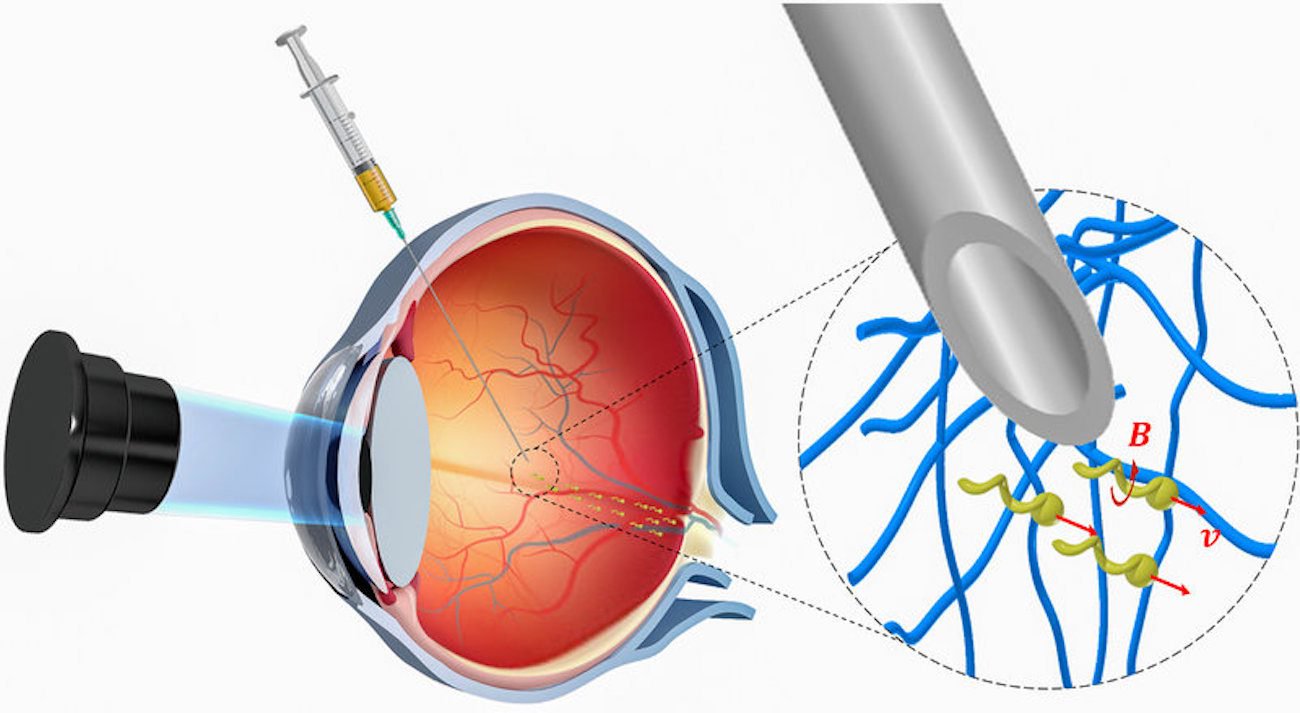 Source:
Source:
Researchers from the Institute for intelligent systems max Planck in Stuttgart is now one step closer to creating microbots for the treatment of various diseases. At the moment, they have already successfully tested a miniature robot that can move inside of the eyeball. In addition, their sizes are so small that they are at "work" doesn't even hurt thick and viscous substance of the vitreous body.
Miniature robots 200 times thinner than a human hair and have at one of its ends there is a "drill" of inert material, and the other — nanopropeller a width of 500 nanometers. The coating nanobots "slippery and slick", allowing them to move without damaging the surrounding tissues.
The aforementioned propellers in addition to the basic functions of movement and are a reservoir for therapeutic agents, and is capable of targeting (i.e. where necessary) to deliver drugs. And if to speak about such developments, which can be used in flowing fluids such as blood, in this case the targeted delivery is fraught with difficulties. First — is the viscous consistency of the inner part of the eyeball and dense molecular matrix must pass through the robot. The second is that the chemical properties of the biopolymers inside the eye do not allow the nanorobot to move. Well, the third is a kind of "standard" for these machines: the robot need to control.
The Last sounded a limitation experts have overcome by the addition of materials such as iron, which react to the magnetic field. The other two helped to solve a biomaterial derived from insectivorous plants.
"the idea of a covering we learned from nature itself. Some plants of the family sarraceniaceae have a very slippery surface in order to catch insects. It is similar to the Teflon coating of the pan. We recreated it and slippery it is crucial for the efficient movement of our robots inside the eye, because it minimizes the adhesion between the biological protein in the vitreous body and the surface of our nanobots." — said the study's lead author Sanguan Wu.
The installation for the introduction and control of nanorobots
This versatile design allows the robots to use them in other parts of the human body.
"We want to be able to use our robots as tools for minimally invasive treatment of all diseases, where there is a remote area surrounded by dense tissue."
This and other news of high technologies you can discuss in our
Recommended
The coronavirus has mutated into 30 new strains
While coronavirus Apocalypse slowly but inevitably becomes routine, the virus SARS-CoV-2 continues to evolve. And, unfortunately, he was good at it. Writes , with reference to the South China Morning Post reports that new studies show that the virus ...
In the United States recognized that the ventilator dies 88% of patients with coronavirus
When the world is raging coronavirus that causes pneumonia and kills people, the only solution is intensive care. If this is not done, the victims will be very much. Today for severe patients there is only one solution — connected to the appara...
Can a transfusion of blood plasma to cure the coronavirus?
Typically, vaccination involves the introduction into the organism of the weakened or killed microorganisms (viruses) designed to create a strong immunity to possible future infectious diseases — that is, for selection of antibodies. But what i...
Related News
Fish rich diet will help in the fight against asthma
a Clinical study conducted by the University of La Trobe, showed that eating fish — salmon, trout and sardines — as part of a healthful diet may reduce asthma symptoms in children. During the international study found that childre...
Genetic factors of obesity protects against diabetes
Some genetic variations associated with obesity, may protect against type 2 diabetes, heart attack and stroke, scientists say. They believe that it places on the body where the body stores fat on the abdomen or around the liver ma...
CRISPR is it safe 100 percent? Scientists say no, but offer solutions
genome Editing with CRISPR-Cas9 — is not only a promising tool for research, but the key to developing new treatments for what we few days. But is there a danger in the application of CRISPR? This question was asked and scie...
Developed a vaccine against stroke and other vascular pathologies
the Formation of blood clots is the cause of the different (and often fatal) diseases. Of course, there are means of treatment of thrombosis, but in permanent employment, they have one very unpleasant property: the development of ...
At MIT figured out how to put the production on stream of microbots
Modern robots are not only learning new tricks like and are on the path of miniaturization. Repeatedly on pages of our site we wrote about a variety of microbots that can work inside our bodies to monitor vital signs or drug deliv...
What would sterile the environment and whatever the means of disinfection, we may possess, on any surface, in any case will accumulate bacteria and viruses. So if we can't affect it, maybe we should do something with the very surf...
The researchers grew neural network from human stem cells
the study of the nervous system of higher animals — an extremely difficult task. Especially if we are talking about the study of the human brain. To obtain the desired material is obtained . Recently, however, neuroscientist...
Biomaterial based on hybrid protein will effectively help to heal the wounds
the Regenerative capacity of our body are quite large and many injuries, healing occurs with virtually no damage, as new fabrics or indistinguishable from the old, or fairly well compensated for their function. However, the abilit...
Developed a tool for immunotherapy of neurodegenerative diseases
it has long been known that the cause of the development of many neurodegenerative processes of the brain (including Alzheimer's disease) is the accumulation of amyloid protein that causes the formation of so called amyloid plaque...
Ferromagnetic floating robots — a new word in the diagnosis and treatment of diseases
Microscopic robots, which can move inside our body has long ceased to be fascinating and, most likely, sooner or later will find its application in medicine. But more interesting remains: all existing at the moment the robots are ...
Tiny camera is designed for operations on veins and arteries
Now modern surgery is almost not complete without the use of cameras during operations. This is especially true of surgery on the blood vessels, which have very small diameter. Here without supervision is not enough and it is advi...
Winners of the Nobel prize in medicine
the Nobel prize is one of the most coveted forms of recognition for any scientist. In addition to the obvious recognition by scientific community — it is also a very good cash reward. Besides, Nobel prize winners often do mo...
Bacterial protein mimics of DNA, to break through the defense cells
Salmonella Infection, often caused by the use or processing nedovrsenoj meat or eggs, affect about 100 million people each year worldwide. The suffering caused by the infection — cramps in stomach, fever and diarrhea — are the re...
Can create AI based on big data for patient diagnosis
Big data (or big data) in recent years, increasingly find application in various fields. Simply put, big data is a huge array of unstructured data that can be used for different purposes. Their treatment have a special program bas...
New vascular test in 20 minutes will reveal the cause of pain in the heart
For the diagnosis of various diseases, there are many ways. But there are times when manifested symptom not says absolutely nothing: it can be as minor muscle spasms, and signs of development of serious disease. One of the most da...
Spinal cord injury – not a sentence
Four years ago, a young American Kelly Thomas woke up in a hospital in Florida and realized that a car accident took her ability to walk. But very active up to this point, a student who participated in the annual Rodeo, did not lo...
Scientists returned to the paralyzed man the ability to walk
One of the worst injuries for any person is paralysis. A condition in which there is loss of motor activity of one, multiple limbs or the entire body. This can happen for a variety of reasons and not always is the condition treata...
Experimental immunotherapy of HIV has passed the first stage of testing security
Preliminary results of the first phase of clinical trials demonstrated the safety and tolerability of cell therapy, including the expression of T-cells ex vivo and subsequent injection of HIV-infected people who were previously tr...
RNA editing could be the next step in the development of CRISPR
prestigious Scientists from the Salk Institute reported that they managed to create a map of the molecular structure of the enzyme CRISPR, which allows scientists to more accurately manipulate the functions in the cell. Over the p...
In the laboratory for the first time grown tissue of the oesophagus
Despite the relatively high ability of our body to regenerate, with some damage to handle, we still are not able to. Therefore, the development of such areas as regenerative medicine, is extremely important. And recently a group o...



















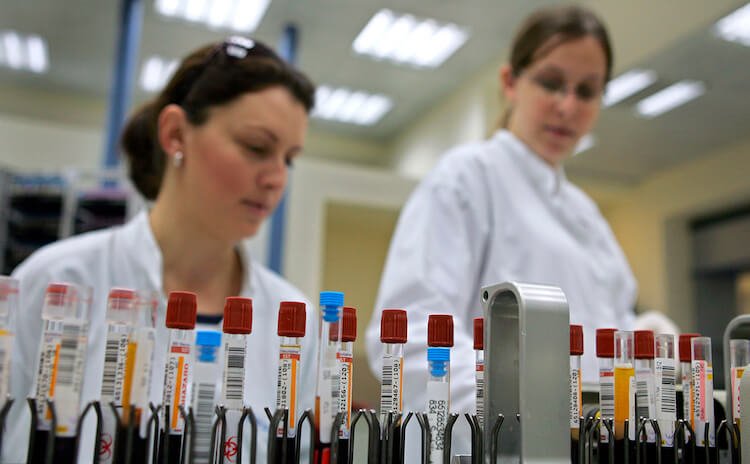
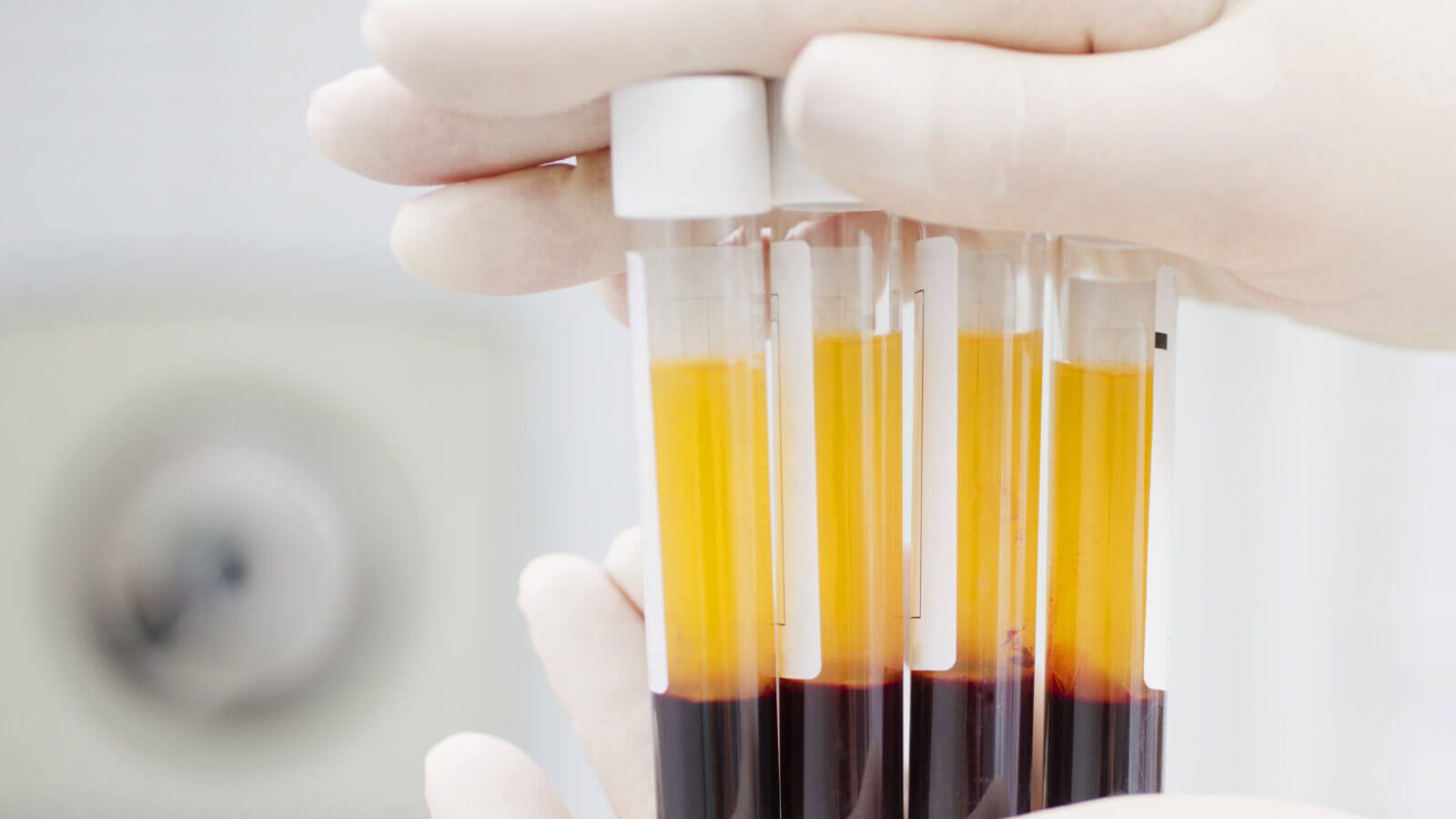

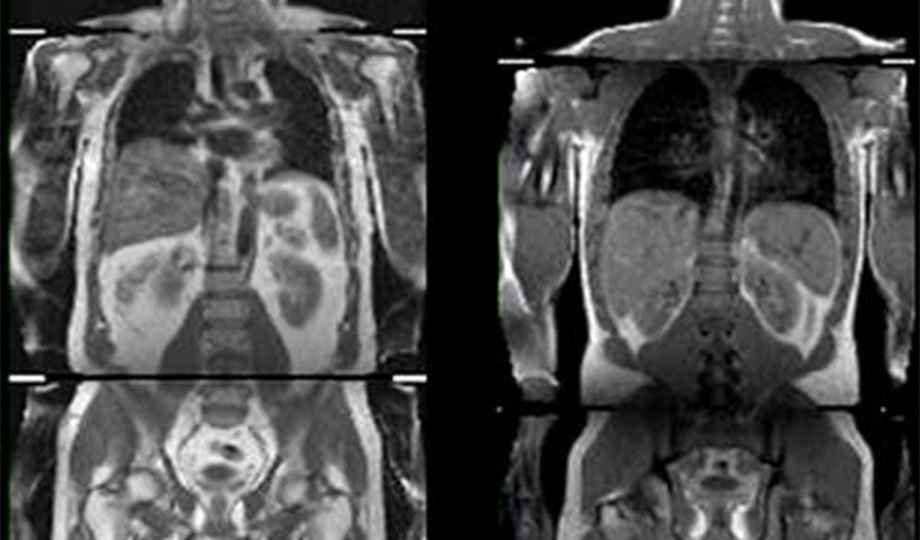

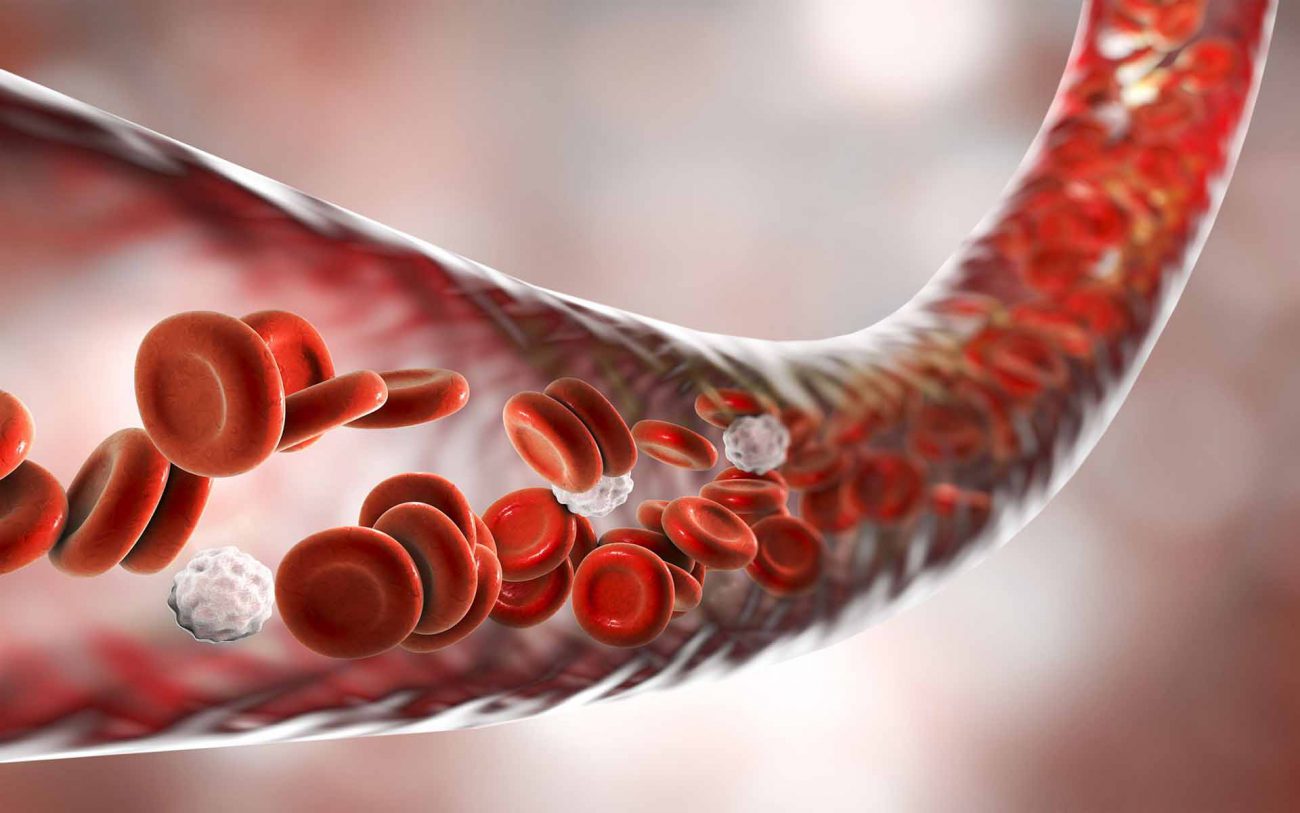


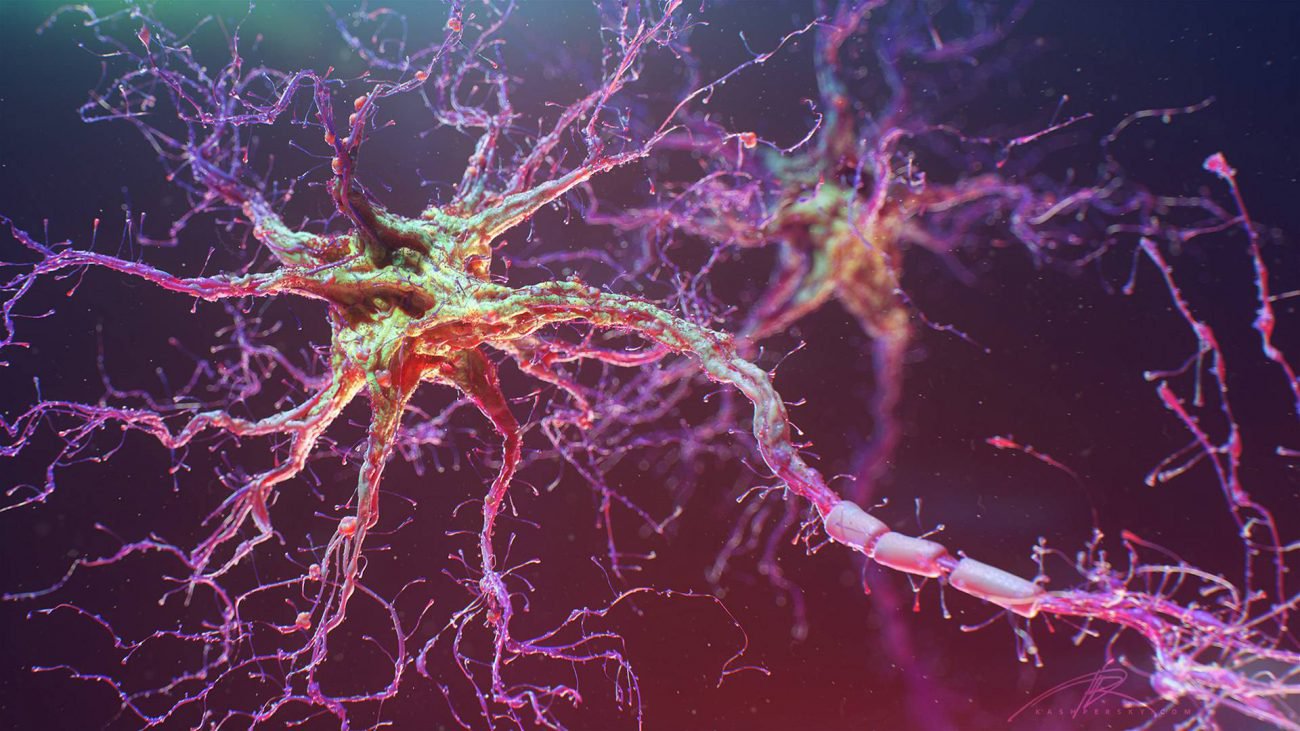

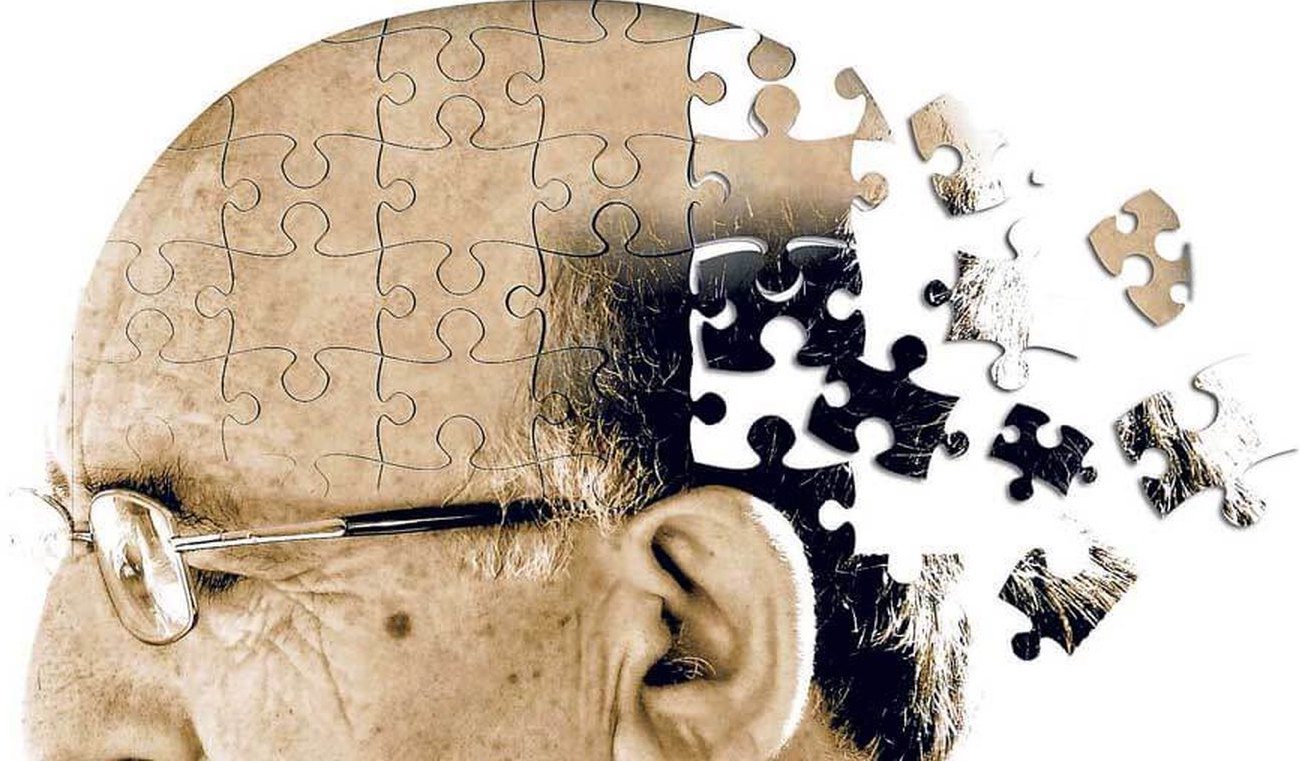
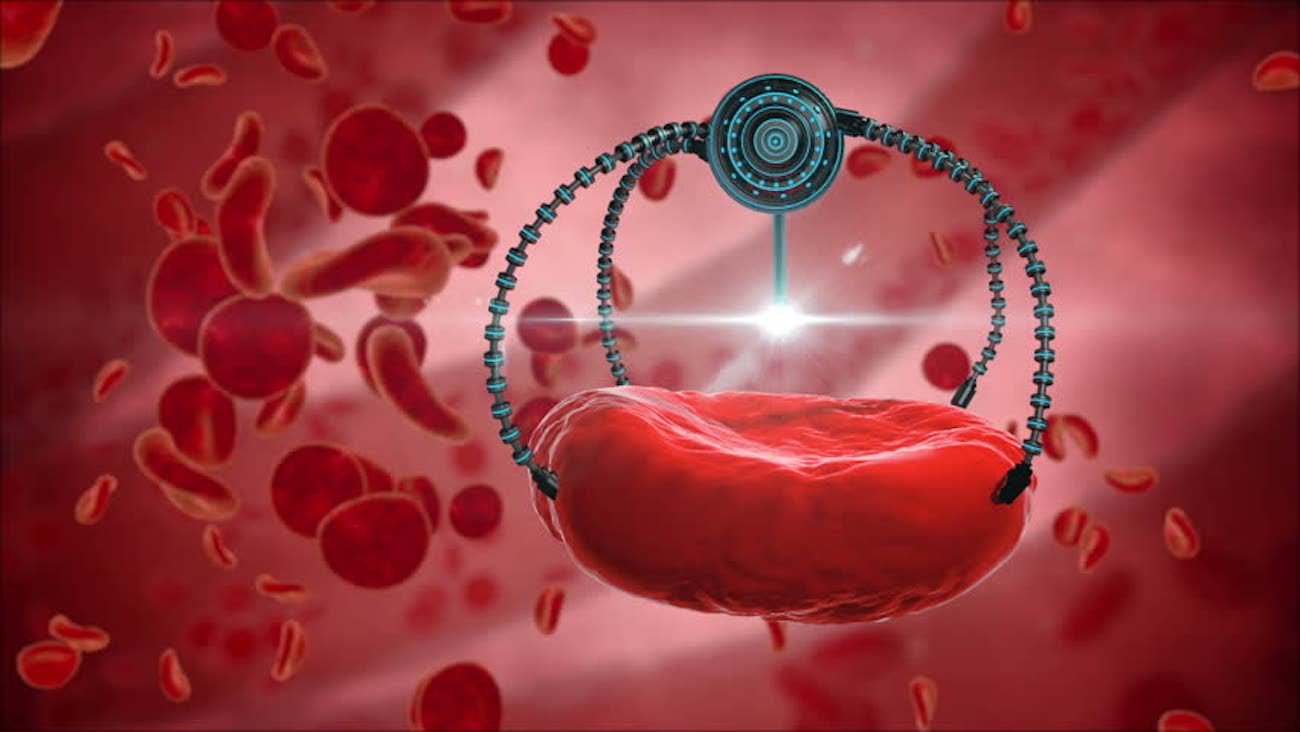
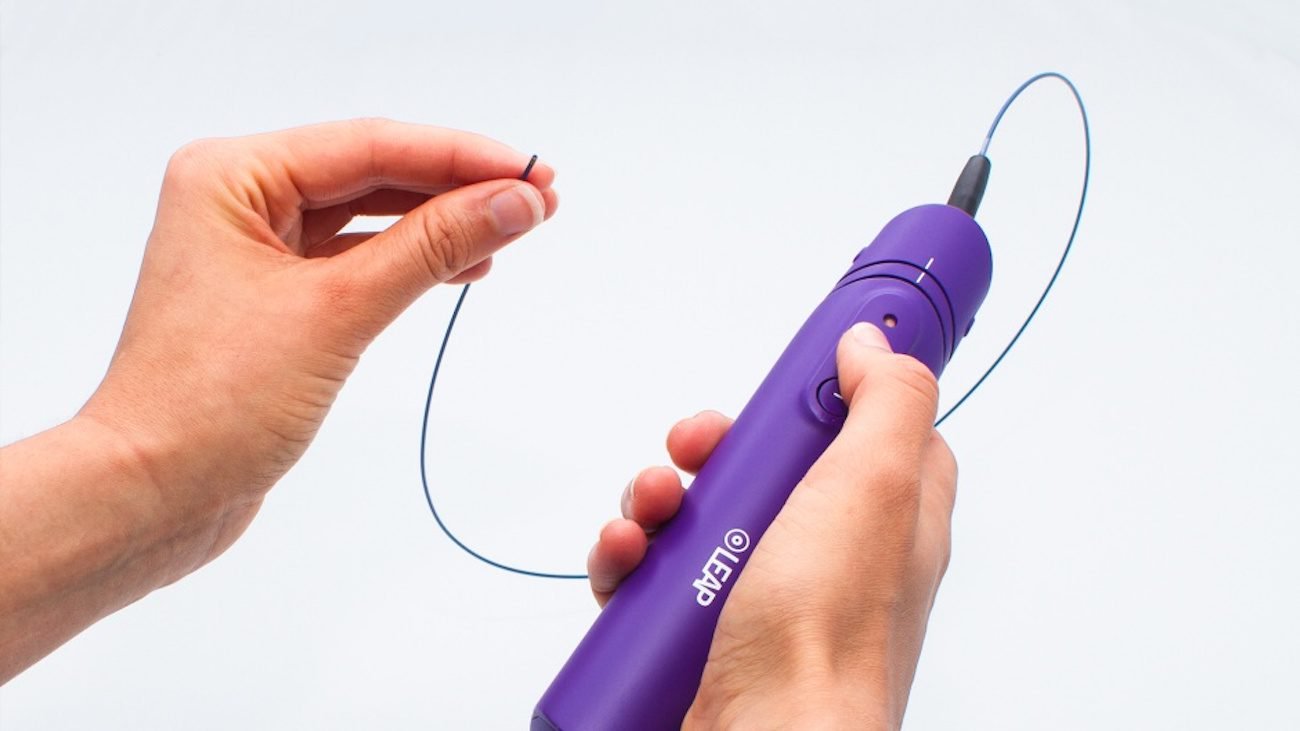

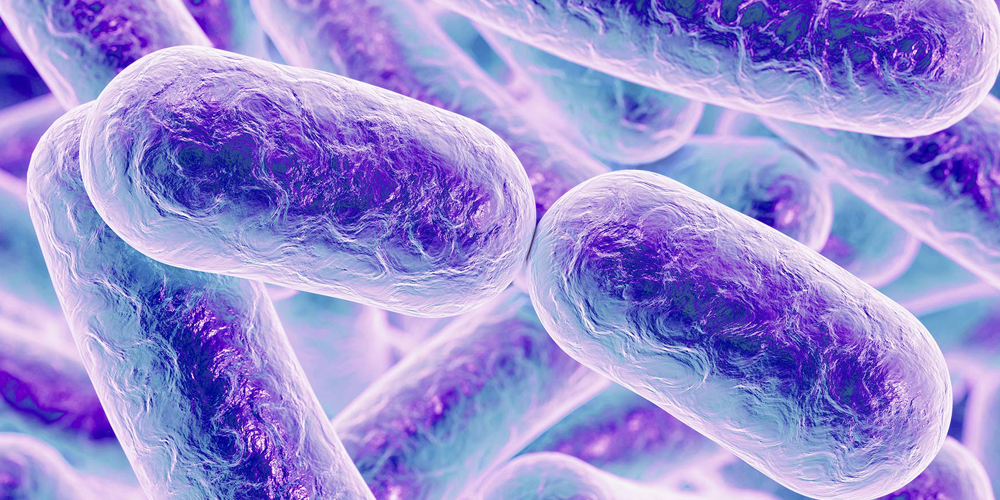

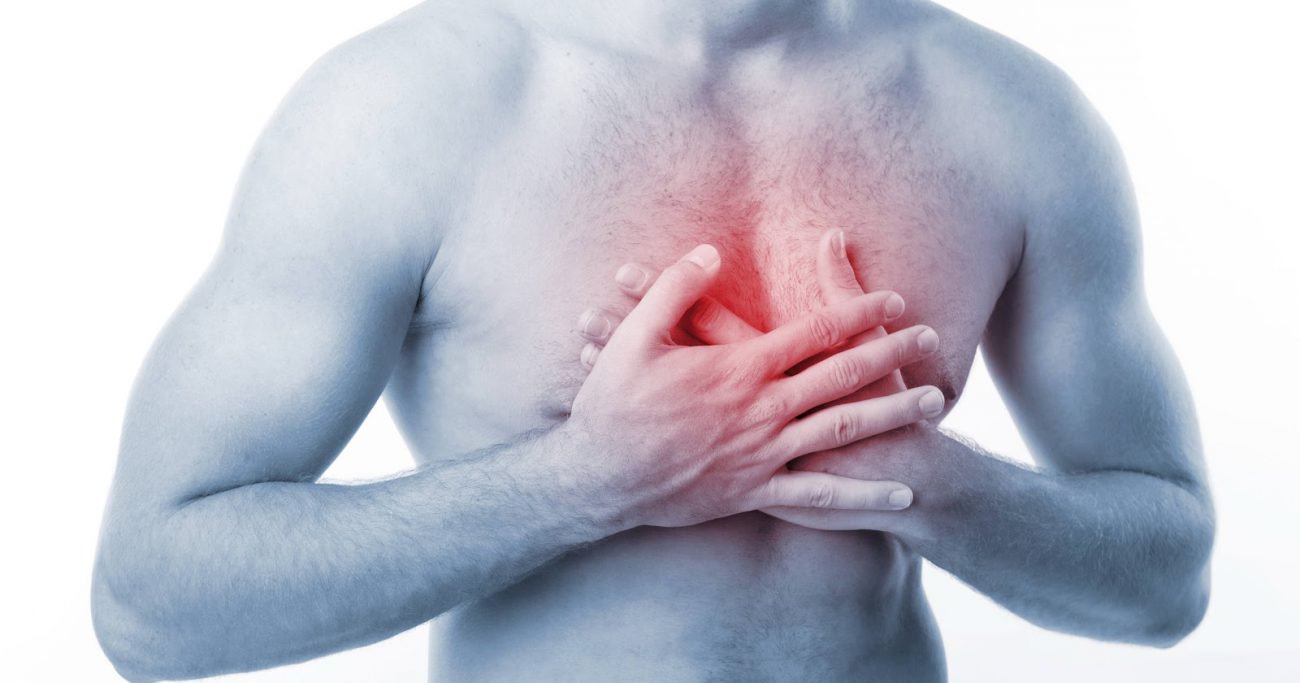

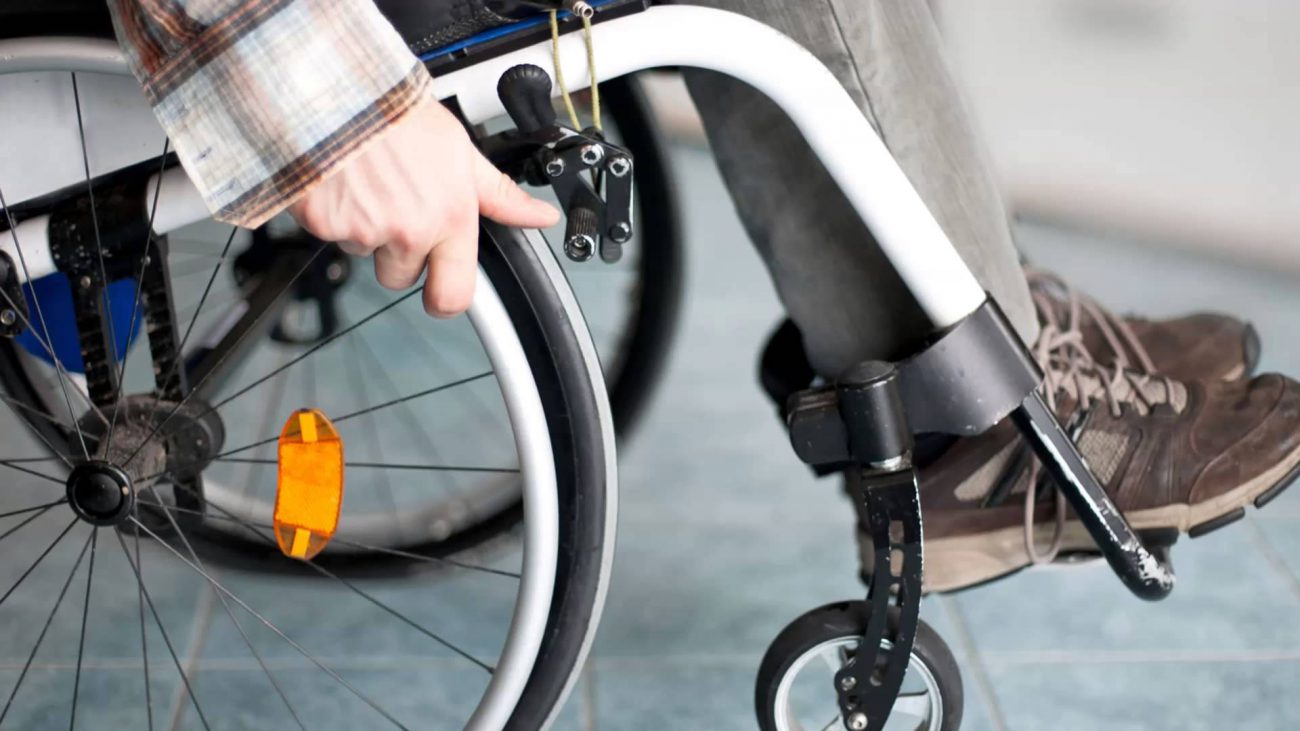
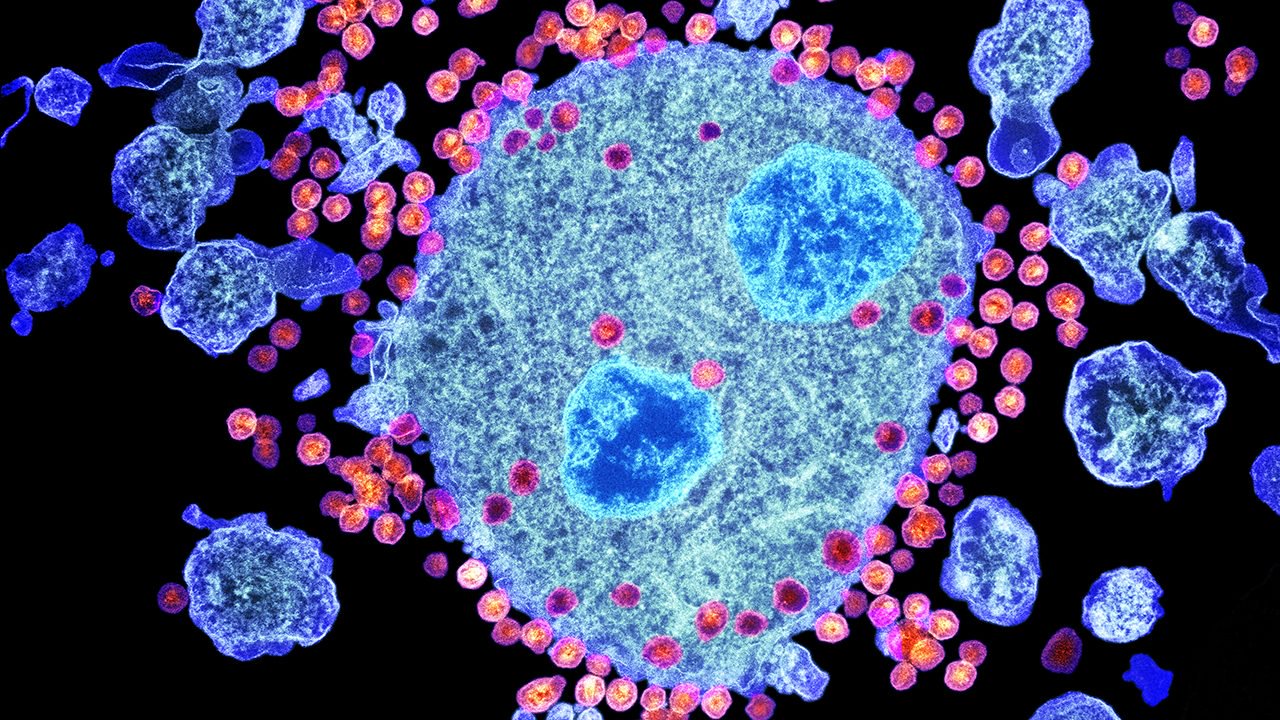
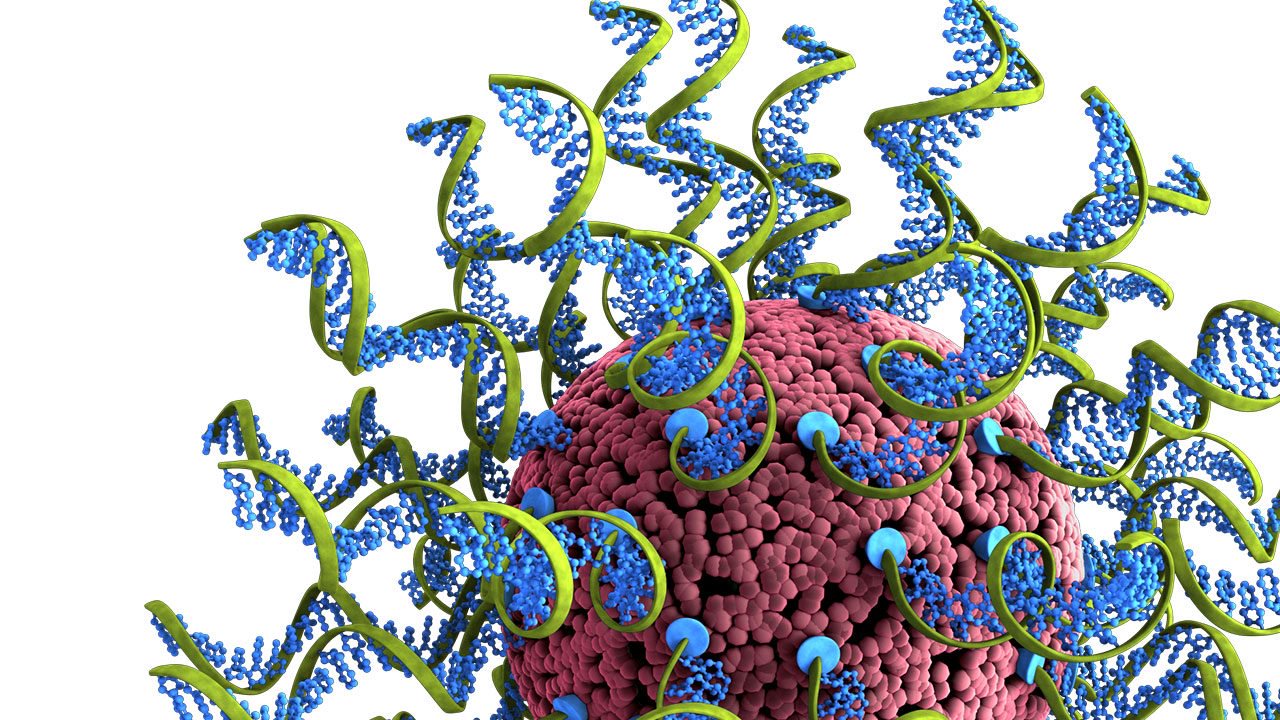
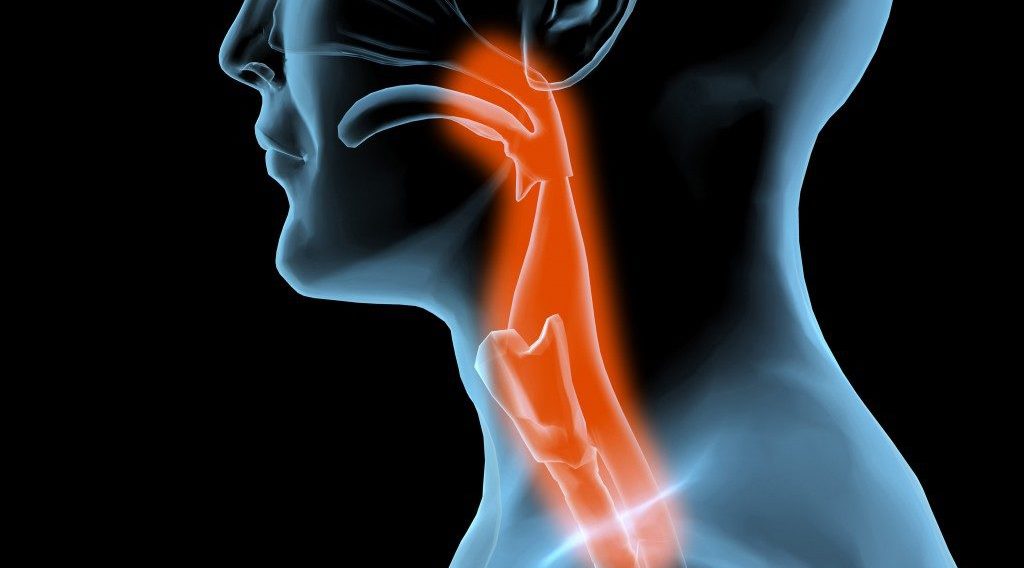
Comments (0)
This article has no comment, be the first!